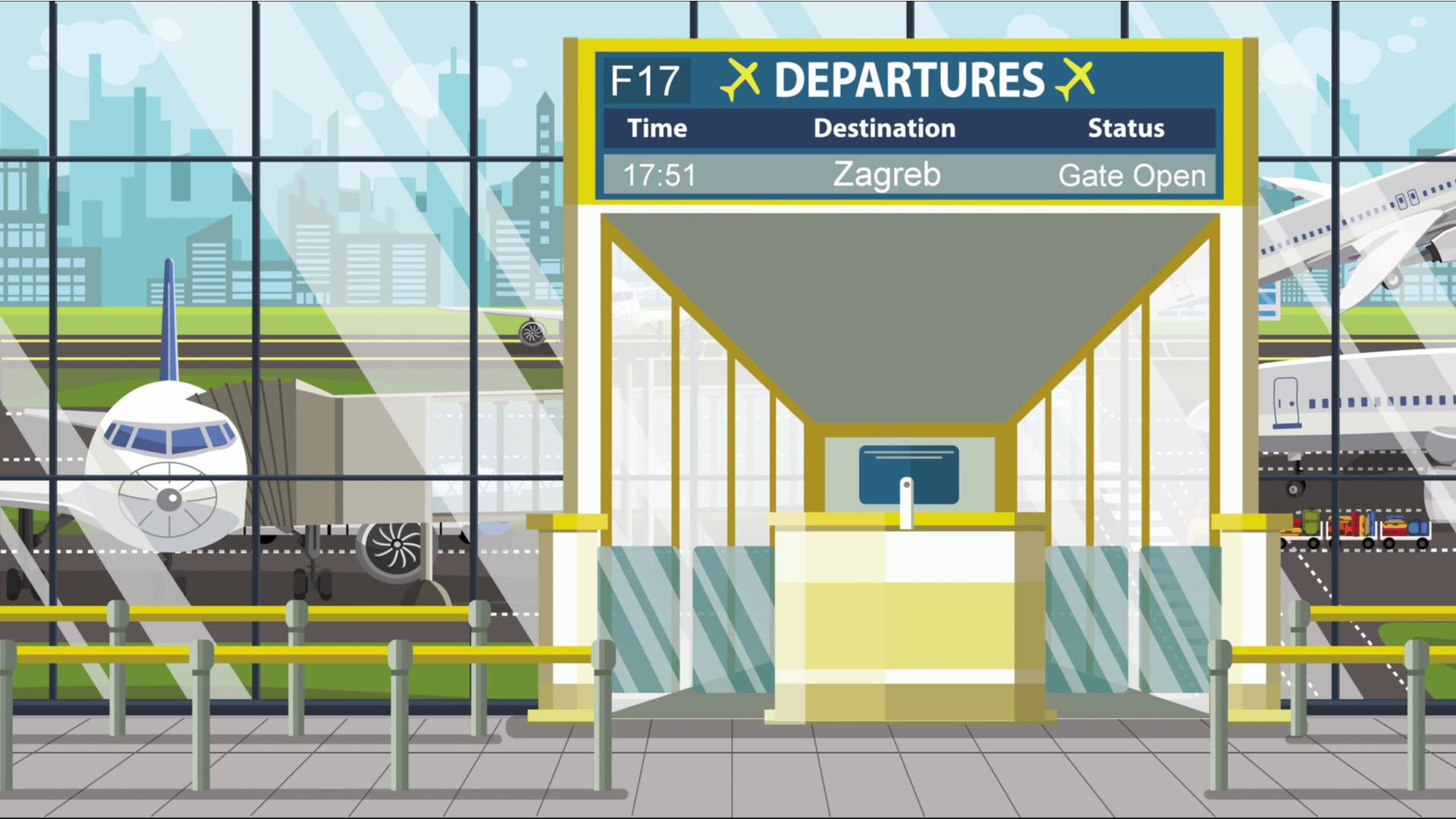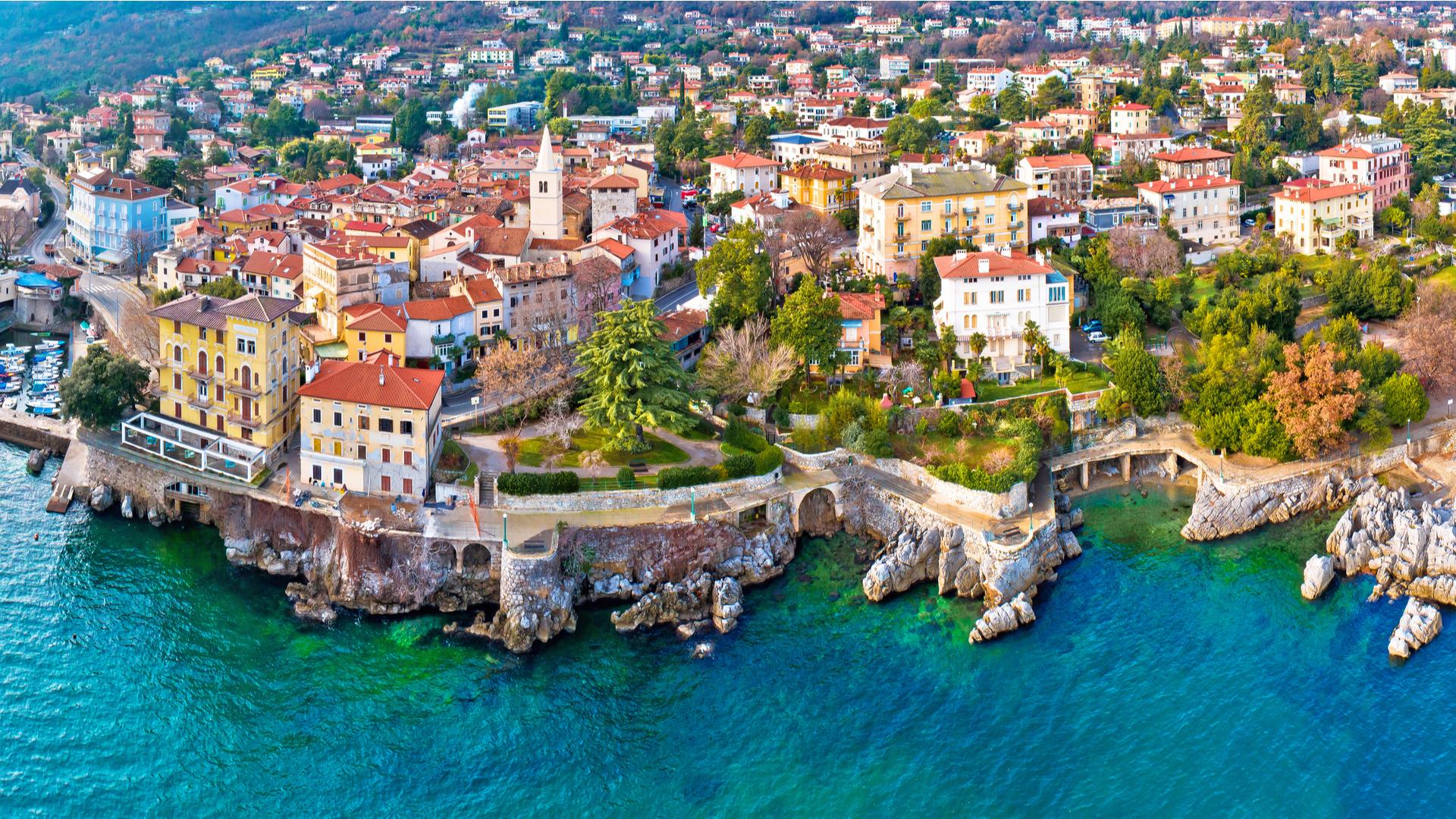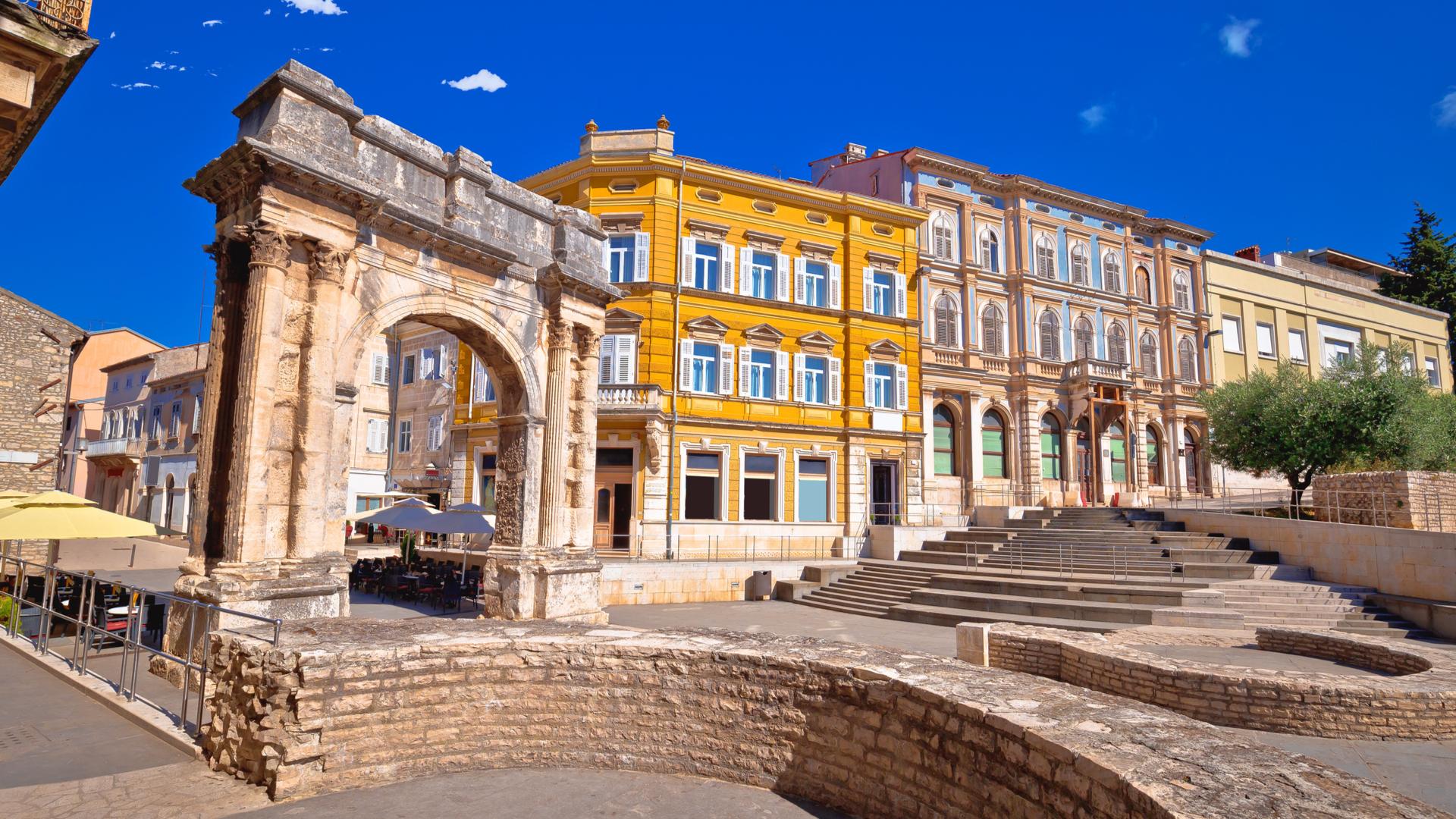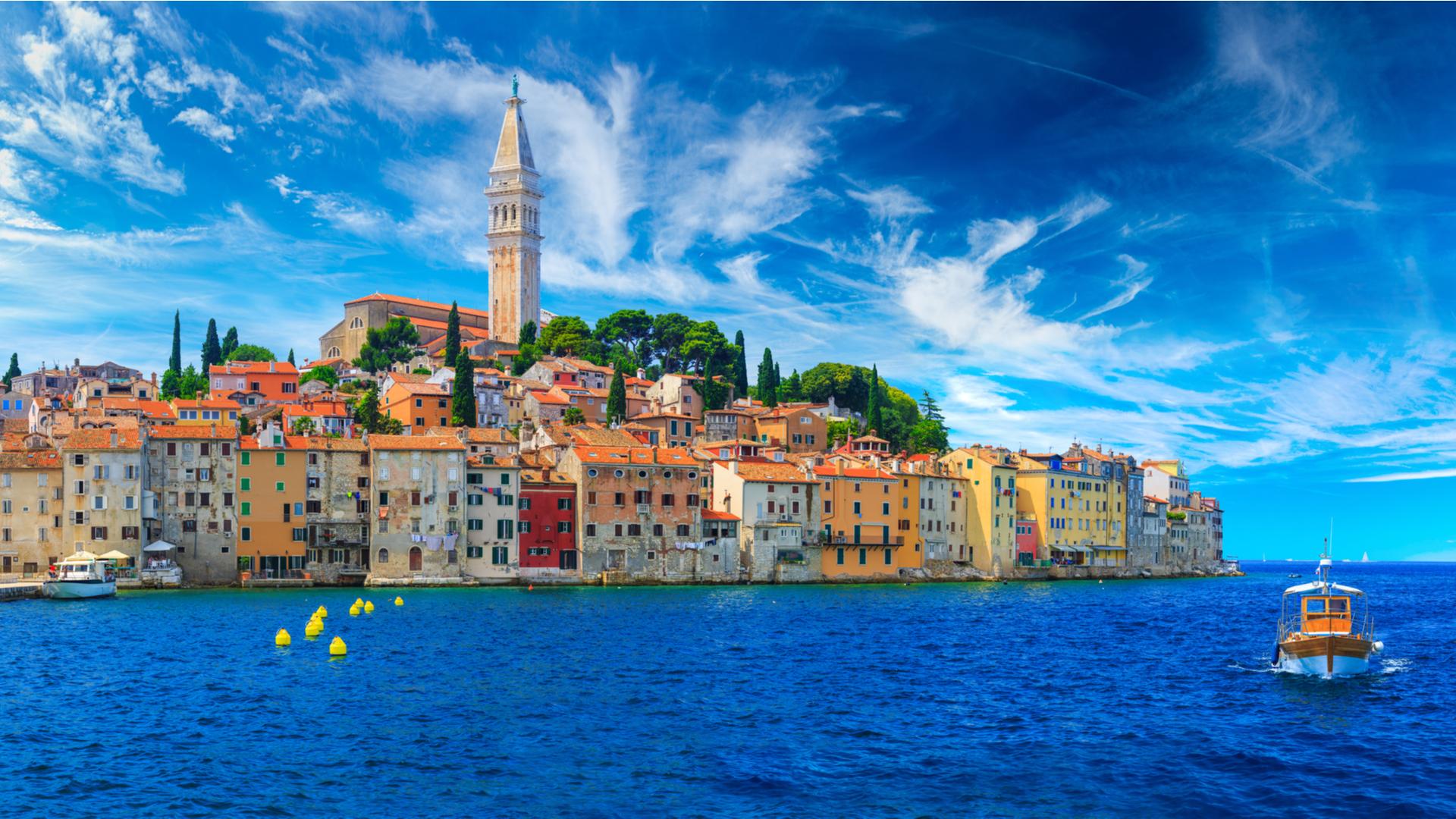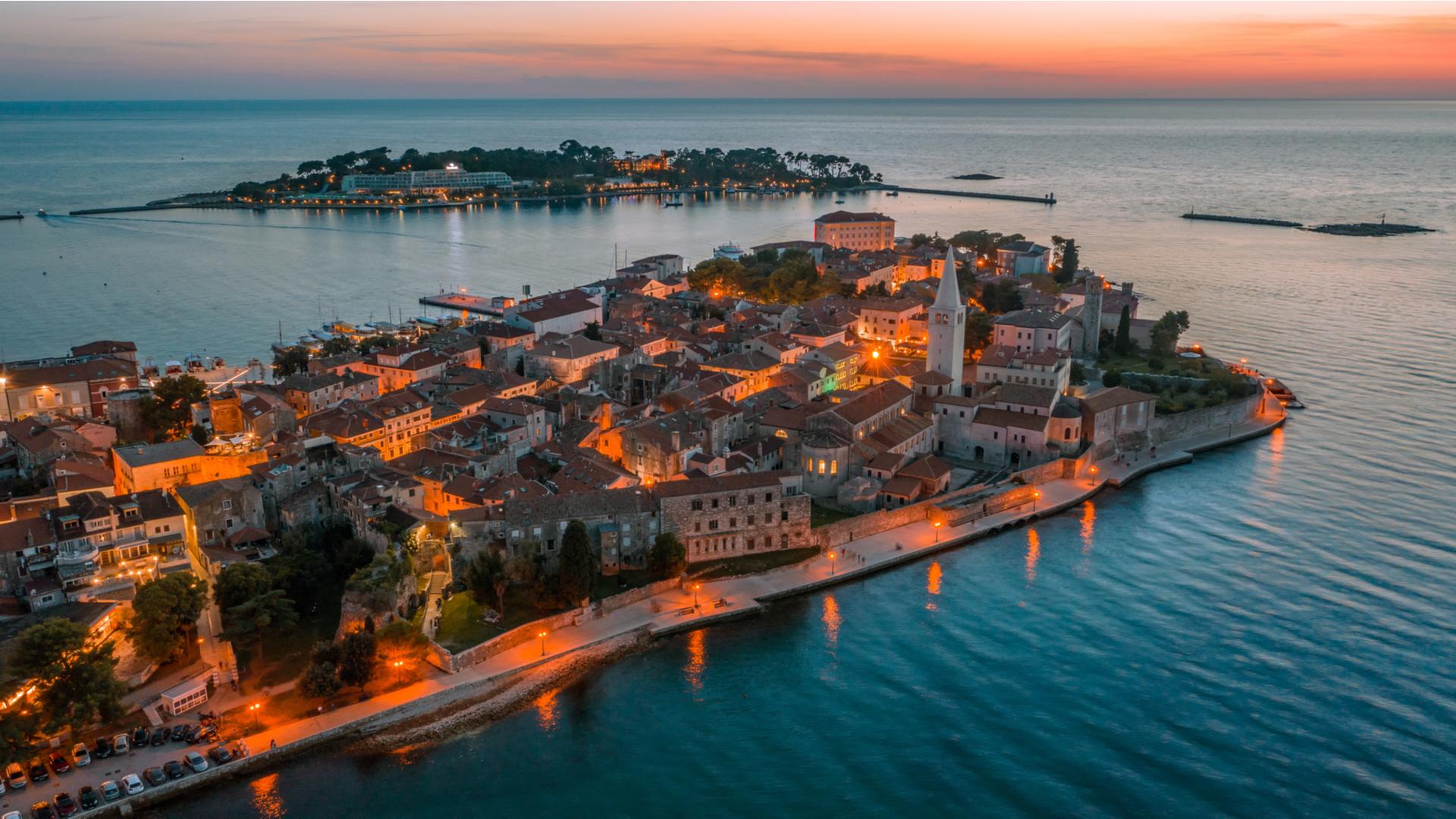Istra Tour
Croatia is beautiful country, steeped in history, tradition and natural wonders. From Zagreb, the nation’s capital, there are numerous cities worth visiting, such as the coastal cities of Opatija, Rovinj, Poreč and Pula in the Kvarner and Istria, majestic, lively Mediterranean cities. The best way to explore these cities is to book a private transfer tour with Maci Tours, a transfer company with premium vehicles and experienced drivers that will take you on a private tour you will never forget.
Day 1 Arrival in Zagreb
Our driver will meet you at the Zagreb Airport and transfer you to your accommodation in Zagreb, after which you will have the rest of the day to explore the city of Zagreb, its historic landmarks in the old city centre, where numerous palaces and streets, reminiscent of those found in Vienna and Budapest, hold many historic stories as Zagreb is steeped in rich history since many historical events have taken place here. One of the most prominent symbols of Zagreb is the Cathedral of St. Stephen. The Zagreb Cathedral, with its twin spires, is the most well-known landmark of the city and is also the most important cathedral in Croatia, as many important historical Croats are buried here. The original cathedral dates back to 1217, but the present structure dates to 1906. The cathedral was damaged in the 2020 earthquake but is quickly being restored. Another church, equally old and beautiful is the St. Mark's Church, known for its colourful roof tiles depicting the coat of arms of Croatia and Zagreb. The church was constructed in 1499 and served as the church of the Croatian Parliament ever since.
The Old Town Gate or the Stone Gates in the Upper Town are also an important site, as a shrine dedicated to the Virgin Mary is located here and the painting of the Virgin Mary in the shrine is said to be holy because it was the only thing to survive a great fire that once engulfed the shrine. Many people stop here to take a break and to light a candle, as it is believed that your prayers will then be answered.
Zagreb also has many beautiful parks, such as the Ribnjak Park, located next to Zagreb Cathedral, which is an English-style park complete with exotic plants, sculptures, and a children's playground, while the biggest park in Zagreb is the Maksimir Park, a great place to relax, drink coffee, have picnic or at have lunch the park's restaurant or take nice long walks through the forest or by the small lakes. Inside the park there is also a zoo. Medvedgrad, on the Medvednica Mountain, is also an important historical site. It is a age-old fortress where the Altar of the Fatherland is located and is now a modern museum depicting the long and turbulent history of Zagreb. Zagreb also has other important museums, such as the Mimara Art Museum and the Museum of Contemporary Art, where numerous artworks are housed.
Day 2 Opatija
A few facts about Opatija
Opatija is a small coastal town in north-western Croatia and is a traditional seaside resort in the Kvarner Gulf, known for its Mediterranean climate and its historic buildings that are reminiscent of the Austrian Riviera. Opatija is located 18 km (11 mi) northwest from Rijeka, about 90 km (56 mi) from Trieste by rail and 82 km (51 mi) from Pula by road. All around, Opatija is surrounded by beautiful woods of bay laurel and the entire seacoast north and south of the city is rocky and picturesque, with several smaller winter resorts on it.
The town is a popular both summer and winter resort which was home to several patrician villas in Roman times, connected to the nearby town of Castrum Laureana, modern-day town of Lovran. Western Istria was gradually conquered by the Republic of Venice by 1420, but the remaining territory up to Opatija fell to the House of Habsburg and was hence incorporated into the Austrian Empire.
Opatija's modern history began in 1844, when a wealthy merchant from Rijeka named Iginio Scarpa, had the Villa Angiolina manor built in an extended park, where he received many notable guests, including the famous Croatian Ban Josip Jelačić. In 1873 the Austrian Southern Railway company opened the branch line from Pivka to Rijeka via nearby Matulji and thus opened the path for the development of tourism in Opatija.
In 1882, the railway company purchased the Villa Angiolina, where it accommodated the Habsburg crown princely couple Rudolf and Stéphanie. Around the same time, Friedrich Julius Schüler, the Managing Director of the Southern Railways, began constructing the Hotel Quarnero (Kvarner Hotel) and the Hotel Kronprinzessin Stephanie (present-day Hotel Imperial), and also was responsible for the unique lungomare and parks in Opatija. In 1887, Heinrich von Littrow established the first sailing club on the Adriatic coast, the "Union Yacht Club Quarnero, here in Opatija. In 1889 the Austrio-Hungarian authorities declared Opatija the first climatic seaside resort on the Austrian Riviera. At that time, the building of villas started, for the needs of more demanding noble guests. Today, Opatija is best known as the venue for a 1912 chess tournament, devoted to the King’s Gambit. It is interesting to note that the Austrian emperor Franz Joseph I used to spend several months during the winter here in Opatija, where he met the German emperor Wilhelm II in 1894.
Many other crowned heads seeking relaxation visited Opatija, such as the Empress Elisabeth of Austria and the German empress Augusta Victoria, Grand Duke William IV of Luxembourg King, Carol I of Romania and his consort Elisabeth, King George I of Greece, King Albert of Saxony, and Prince Nikola I Petrović-Njegoš of Montenegro. In 1920 Opatija was given to Italy and soon, with the advent of Fascism, the Italian government started a program of forced italianization of the local populous, and most public positions were assigned only to Italian-speaking citizens. In 1947 Opatija was given to Yugoslavia as part of the peace treaty with Italy and after the breakup of Yugoslavia in 1990s, the town became part of modern-day Croatia.
What to see while in Opatija In the Park Svetog Jakova or Saint James's Park, there lies the old 14th-century Benedictine abbey, in Croatian called Opatija Sv. Jakova ("Abbey of Saint Jacob"), from which the town derives its name (opatija meaning "abbey" in Croatian), as well as Saint Jacob's church, built in 1506. Opatija is known for the Maiden with the seagull, which is positioned on a promontory by the Juraj Šporer art pavilion since the 1950s and has turned into one of symbols of Opatija. A gilded variant of the statue Madonna, but demolished by communists after the end of World War II, now stands in front of Saint Jacob's church. Many species of plants from all over the world grow in the town park Angiolina, which is protected since 1968. Near the park, opposite the Hotel Imperial, stands the statue The Fountain - Helios and Selena, a work of the Austrian sculptor Hans Rathautsky from 1889. There is a 12 km-long promenade along the whole of the Opatija riviera, the Šetalište Carmen Sylve, named after Elisabeth of Wied, Queen consort of Romania.
Day 3 Pula
A few facts about Pula
Pula is an old and beautiful sea town at the tip of the Istrian peninsula in north-western Croatia. Its history started about 3000 years ago when it was built by Illyrians. 177 BC the Romans occupied Istria. After the destruction of the Western Roman Empire, the Istrian peninsula was devastated by Ostrogoths. Slavs came in Istria during migration period in 7th century but mostly lived on countryside. Official rulers in Pula changed quite frequently in the Middle Ages, from the Republic of Venice to Genoa, to Illyrian Provinces and Austria–Hungary until World War I, when it was given to Italy and after the Second World War, it became part of communist Yugoslavia. In World War I, the port of Pula was the main base for Austro-Hungarian dreadnoughts and other naval forces of the Empire. Ever since the collapse of Yugoslavia in 1991, Pula has been part of the Republic of Croatia. Its interesting to note that Pula was quoted by the famous Italian poet Dante Alighieri, who had visited Pula, in the Divine Comedy: As Pola, along the Quarnero, that marks the end of Italy and bathes its boundaries. The famous Irish writer James Joyce lived here, teaching English mainly to Austro-Hungarian naval officers stationed at the Pula base, from October 1904 until March 1905. A statue of the writer stands in Pula in his honour. What to see while in Pula The Arena is the 6th largest surviving Roman amphitheatre. Various Venetians had plans to take it to Venice stone by stone as demonstration of the might of the Venetian empire. Many stones were taken to build houses and other structures around the city, but fortunately this practice stopped before the whole structure was destroyed. Entry gives you access to wander inside the Colosseum and visit the caverns beneath. The Forum is the main square in the centre of the city, built on the site of the ancient Roman forum, where the city hall stands, built in the 10th century (parts of an old temple were used for the building as it can be seen on the rear side of the hall), as well as the Temple of August, dating to the first century. There are three great arches from the ancient Roman era, the Golden gate, a triumphal arch, the Twin gate and Hercules gate. The Kaštel, a Castle from the 17th century that houses the Istrian history museum is popular among tourists. The Little Roman theatre is located behind the Archeology museum and is also worth seeing. Not far from Pula lie the Brijuni islands, a Croatian national park, famous for their scenic beauty. They were also settled in Roman times and were part of Republic of Venice, but are most famous as the residence of Josip Broz Tito, the leader of former Yugoslavia.
Day 4 Rovinj
A few facts about Rovinj
Rovinj is a small town located on the western coast of the Istrian peninsula and is a popular tourist resort and a still active fishing port. Rovinj was already a settlement of Venetian or Illyrian tribes before being captured by the Ancient Romans, who called it Arupinium or Mons Rubineus. The town is built on an island close to the coast and later became connected to the mainland in 1763. From 1283 to 1797 Rovinj was one of the most important towns in Istria governed by the Republic of Venice. During this period three town gates were constructed and Rovinj was fortified by two rows of defensive walls, remains of which can still be seen today. It then belonged to Kingdom of Italy from 1918 to 1947, when it was ceded to socialist Yugoslavia. The main economic activity in Rovinj is tourism and during peak season from May to September, its bars, restaurants and art galleries work long hours, while operating limited hours off-season. Rovinj's main central thoroughfare is the fully pedestrian Carrera Street, with many independent shops and art galleries. A farmer's market is located at the edge of the historic part of town, near Valdibora Square. Rovinj is the second biggest tourist destination in the county, in terms of overnight stays. The two closest airports are Pula and Trieste in nearby Italy and during the summer season, low-cost airlines such as Ryanair operate direct flights from West Europe to both airports. Also during the summer season, there is a direct high speed ferry link between Venice and Rovinj. High speed weekly lines to the Port of Ravenna and Cesenatico are also available in the summer. There are numerous hotels in Rovinj itself, and beds are abundant but usually overbooked in the summer months. The city also has two luxury, 5-star boutique hotels, Hotel Monte Mulini and Hotel Lone, but there are also a handful of hotels on small islands surrounding Rovinj which are linked to the mainland by boats which go from the city centre to the hotel on the islands. What to see while in Rovinj Rovinj is known for its pristine beauty of the indented coastline and its forests, consisting of holm oak and Alpine pine trees. The town has many old churches that you can visit, such as the famous St. Euphemia's Basilica, an iconic landmark of Rovinj, a Baroque church in the centre of the town where the relics of Saint Euphemia are preserved in a Roman sarcophagus dating to the sixth century. Another site to visit is Monkodonj, a hill fort occupied about 1800–1200 BC during the Bronze Age. Other places to visit are the beautiful Zlatni Rt Forest Park and the Limska Draga Fjord. The Rovinj archipelago consists of 19 islands, which, along with the coastline, have been described as being "of outstanding natural beauty”.
Day 5 Poreč
A few facts about Poreč
Poreč is located on the Adriatic coast of Croatia in the Istria region.
Its an ancient Roman town and is very popular with tourists, attracting thousands of visitors every summer which can make the region feel very busy from June to September.
The town is almost 2,000 years old, centred around its harbour that’s protected from the sea by the small island of Saint Nicholas.
Between the 12th and 19th centuries, the city had defensive walls, as the better-known Dubrovnik still does today.
After the fall of the Venetian Republic, Poreč came under the rule of the Habsburg Monarchy and in the 19th century became a popular tourist resort for the Austro-Hungarian aristocracy.
After 1918, it became part of the Kingdom of Italy and in 1944 the city was bombed by the Allies 34 times, damaging 75% of the city.
In 1947, two years after World War II, it was captured by Yugoslavia and has since been a part of Croatia.
Ferry lines sail from Venice to Poreč during the summer months (April–October) and the Pula airport, some 60 km to the south of the town, is the closest passenger airport in Croatia.
What to see while in Poreč
Its major landmark is the 6th-century Euphrasian Basilica, which was designated a UNESCO World Heritage Site in 1997.
The town plan still shows the ancient Roman Castrum structure, since the main streets, the Decumanus and Cardo Maximus are still preserved in their original forms.
Marafor is a Roman square with two temples, one of them, erected in the first century AD, is dedicated to the Roman god Neptune.
Day 6 Departure from Zagreb
On the last day of your stay in Croatia, our driver will take you to the Zagreb Airport and wish you a safe voyage home, hoping that Croatia has made a good and lasting impression on you.

